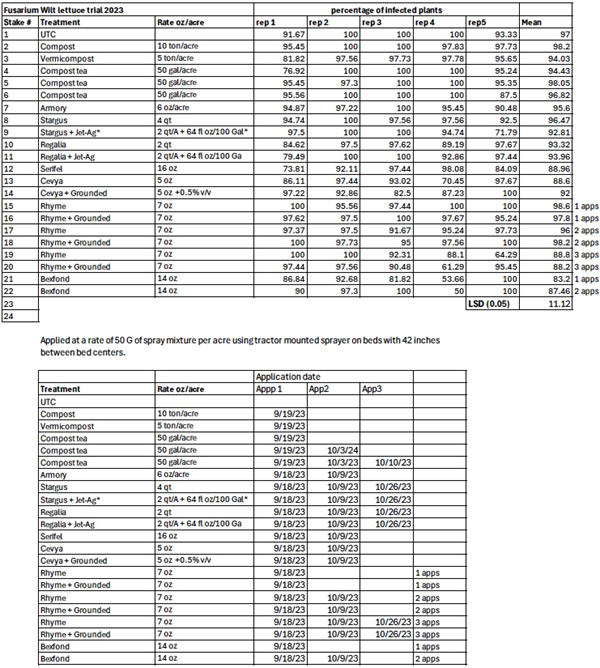-
Jun 26, 2013Planning Ahead for Whitefly Management on Fall Produce and Melon CropsAs the spring melon harvest begins to wind down it is important to start thinking about whitefly management in fall produce and melons crops. The first line of defense in avoiding whitefly issues in the fall vegetable plantings is for PCAs and growers to be vigilant in their whitefly management program on cotton. In the Yuma area, cotton is the primary host crop for whiteflies during the summer, although alfalfa and sudangrass may serve as alternate hosts in some areas. However, before whitefly management begins in cotton, it is important that whitefly populations be prevented from building up to large numbers in the spring melons that recently finished harvest, or that will be done in the next week or so. In surveying melon crops for CYSDV this spring, it became readily apparent that a large proportion of the spring melon acreage throughout the area was grown near cotton. In fact, our surveys show that on an area-wide basis almost 75% of the melon acreage this spring were grown either adjacent to, or within a 1/2 mile of, cotton. Although whitefly numbers have been relatively light thus far, increased whitefly numbers have been observed over the past week in cotton coinciding with higher temperatures and area-wide melon harvests. Thus, proper sanitation in spring melons is critical for preventing unnecessary whitefly buildups in cotton. It is highly recommended that melon growers quickly destroy plant residue as soon as possible following harvest. A delay in disking under melon fields following harvest can provide a large source of adult whiteflies that can readily disperse into cotton, especially when they don't need to fly very far. These whiteflies may also move into nearby weeds many of which (e.g., common mallow and silverleaf nightshade) are hosts for the Cucurbit Yellows Stunting Disorder Virus (CYSDV). Another source of whiteflies and CYSDV during July and August can be volunteer melons in fields where spring melons had previously been grown. These plants also potentially extend the host acquisition/transmission period for CYSDV. This may be important too since CYSDV incidence in spring melons (albeit at non-economic levels) was quite evident this year. Our experiences to date suggest that the incidence of CYSDV in fall melons is generally much higher in fall plantings growing in proximity to where melons were produced the previous spring. For more information on sanitation practices see Whitefly Management on Desert Vegetable and Melons.
 To contact John Palumbo go to: jpalumbo@ag.Arizona.edu
To contact John Palumbo go to: jpalumbo@ag.Arizona.edu







